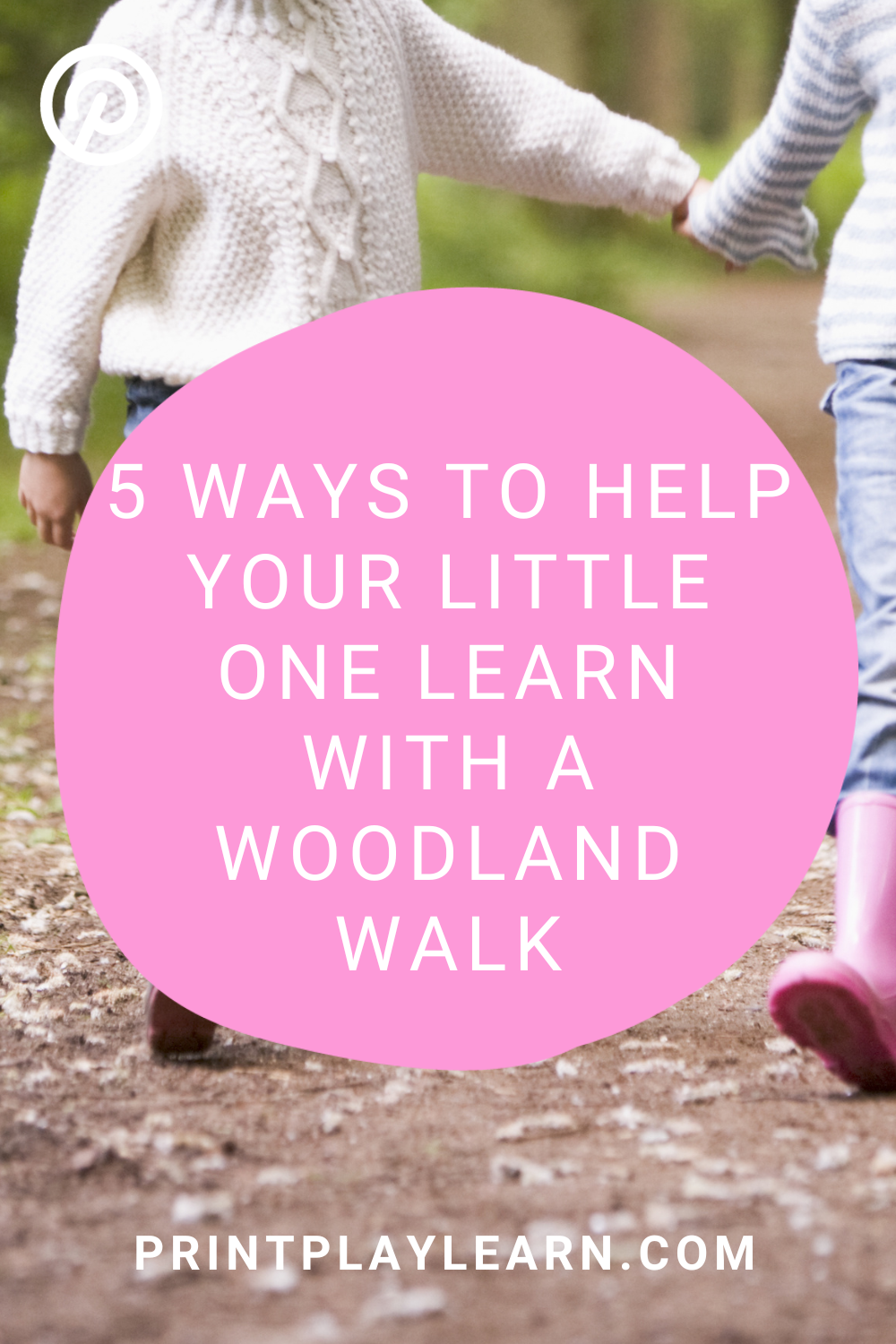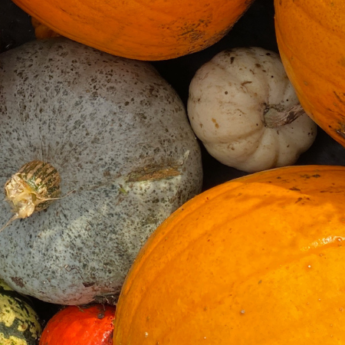Nature is an amazing teacher when it comes to encouraging learning through childlike wonder and play.
A simple woodland walk can offer a huge variety of learning opportunities and prompts for exploration, with little to no hard work from us! As you guide your little one along the forest paths and under the leafy treetops, here’s how you can transform your stroll into an educational adventure:
1. Encourage them to use all their senses
During a woodland walk, encouraging your child to explore with all their senses is a brilliant way to foster sensory development and a deeper connection to nature. Here’s how you can do it:
Listening: Stop and listen to the sounds of nature together —can you hear the birds singing, leaves rustling, or the sound of the wind? Ask your child what they hear to develop active listening.
Touching: Don’t be afraid to let them feel tree bark, rocks, leaves, and mud. It’s a great way to enhance fine motor skills and engage their tactile senses.
Smelling: Do you love that earthy woodland scent? Ask your child if they can notice it and any other smells they encounter as they explore.
Seeing: The woods are full of interesting shapes, textures and shadows. Can your child spot a triangle in the trees, a circle on the floor, or a beam of light shining through the leaves?
Tasting: If safe, why not let your little one taste edible woodland finds like blackberries. Discuss the flavours to connect their taste buds with nature. Always remind them to only eat something after checking with you first!
2. Expand their vocabulary through conversation
While walking, engaging your child in meaningful conversations is another excellent way to foster effortless learning. You can discuss the environment, the animals, the plants – or anything else you encounter. Ask open-ended questions that spark curiosity, such as: “What do you think that bird is saying?” or “How do you think these trees stay so tall?”
Encourage them to express their thoughts and observations. When they ask questions, respond in detail. You can look it up together later if you don’t know the answer. This is a lovely way to nurture their curiosity, enhance their vocabulary and language skills and strengthen connection.
You could also play word games. For example, spot an object, describe it, and have your child guess what it is. Or create a story about the forest, taking turns to add to the plot.
3. Encourage them to lead your exploration
When you judge it safe, try allowing your child to take the lead on your woodland. Give them the freedom to choose the path, stop to investigate anything intriguing, or even sit quietly and observe – at their pace. This child-centred approach fosters independence and decision-making skills and enhances observation skills, critical thinking, and problem-solving abilities.
You can also encourage them to explore their imagination on their walk. Perhaps they’re adventurers searching for hidden treasure or wildlife detectives on a mission. This imaginative aspect adds a layer of excitement to the experience and promotes creativity. Pay attention to how they interact with what they see and where you can join them in their make-believe world.
As they explore, one of the most challenging but important things we can do as grown-ups is resist the urge to rush. Children often take their time, and this leisurely pace allows them to absorb the beauty and wonder of the world around them.
4. Try hunting for treasure or minibeasts
One of the easiest activities to try on a woodland walk? A nature scavenger hunt! Create a simple list of items commonly found in the woods, and have them tick them off. Things to include might be:
- Specific leaves/seeds
- A puddle
- A small/long twig
- Pinecones
- Bark
- A tree stump
- A feather
- An animal den
- A nest
This interactive game can be tailored to your child’s age and abilities, making it suitable for preschoolers and older children.
To add an educational twist, you can include a bit of nature trivia with each item. For instance, as your child collects a pinecone, you can share a fun fact about how pinecones open and close or how they protect seeds. Plus, you could include a “treasure bag” (like a cloth bag or backpack) for your child to carry their finds.
A minibeast hunt is another exciting activity to build observational skills and encourage getting hands-on with nature. How many bugs can your child find by looking under rocks, logs, or on tree stumps? If you fancy taking a pen and clipboard to record your finds, we have a fun Minibeast Hunt Recording printable.
5. Invite them to try woodland mark-making
Engaging in mark-making with natural materials found in the woods can be an excellent way to merge creativity with the environment. Encourage your little one to gather items like twigs, leaves, acorns, and rocks as they explore the forest. These make fantastic natural mark-making tools.
Ideas you could try include:
- Using a twig as a paintbrush with mud or puddle water as paint
- Lie paper over a leaf or bark and rub with a crayon to make interesting prints
- Bring along an ink pad and paper, then use leaves, acorns and twigs as stampers
- Make pictures with stones or twigs on the ground
For younger children, the act of simply dragging a stick through dirt to create lines and shapes can be a source of fascination. Allow them to experiment freely, exploring the different effects they can achieve with the various natural tools they’ve collected.
Beyond the immediate benefits of sensory exploration, language development, and imaginative play, spending time in the woods with your child lays the foundation for a lifelong love of nature. As your child grows, these early adventures can help inspire a desire to protect and preserve our planet and just spend time having fun outdoors.
Don’t forget, if you try any of these activities and approaches and your child is resistant – that’s OK. While these suggestions may be exciting for some children, others may sense your eagerness to add learning opportunities and not want to engage.
Being outdoors in the fresh air, with the opportunity to connect with you in other ways, is also highly valuable! If you end up talking about Lego or Minecraft as you squelch over mud and breathe in the fresh air, that’s wonderful too.
Did you enjoy this article? Then you might like more of our educational play ideas here! Plus, join the free Playful Parents membership for a taster pack of learning resources to use with your child today.


